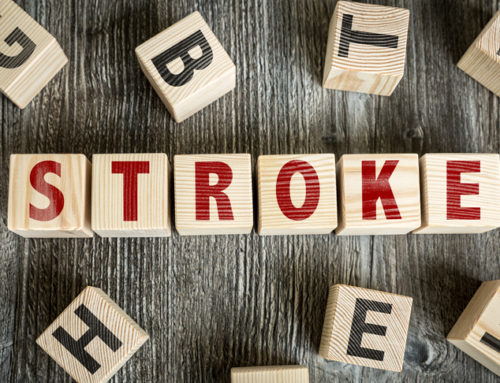After your stroke, you will deal with many challenges that affect how you take care of yourself, including maintaining personal hygiene. Fortunately, with expert advice, having a good attitude and selecting the best adaptive equipment and products, you make big strides in taking care of your own needs.
Here are some essential tips for the stroke survivor and her caregiver:
Get Expert Advice
It is a good idea to consult an occupational therapist for counsel on how to make the stroke survivor’s hygiene routine more efficient. No stroke is exactly like another, so it is important to individualize your care, according to Denise Crowley, an occupational therapist with Fox Rehabilitation in New Jersey.
Get the Bathroom Ready
A good occupational therapist can provide advice on the best adaptive equipment that will help the stroke survivor. Some of this advice might include the correct installation of an Easy Grip Adjustable Tub Grab Bar, or the right type of Snap-N-Save Transfer Bench for getting in and out of the tub safely.
Save Sliding Transfer Bench
It is very important overall for the bathroom environment to be well prepped for success, according to occupational therapist Jillian Guilmette, also of Fox Rehabilitation in New Jersey. For example, even how the bathroom is lit can make a big impact on how comfortable the patient is while bathing. It is important to ensure that the lighting is not too light or dark.
Easy Grip Adjustable Tub Grab Bar
Some stroke survivors may need help to grasp why they are even in the bathroom at all. Even using pictures of soap can be helpful to keep the survivor aware of what is going on and why.
To make toileting easier, it is a good idea to have room in a bathroom cabinet for the essentials: disposable underwear, handi-wipes and moisturizer. It also is a smart idea to have a change of clothes in the bathroom for an emergency.
For dental hygiene, a teething brush or a standard toothbrush can work; it depends upon how at ease the stroke patient is with having things in her mouth.
Have a Calm Attitude
Be at ease when you are working with the stroke patient. Be as calm as you can, and your sense of calm will transfer to the stroke patient.






